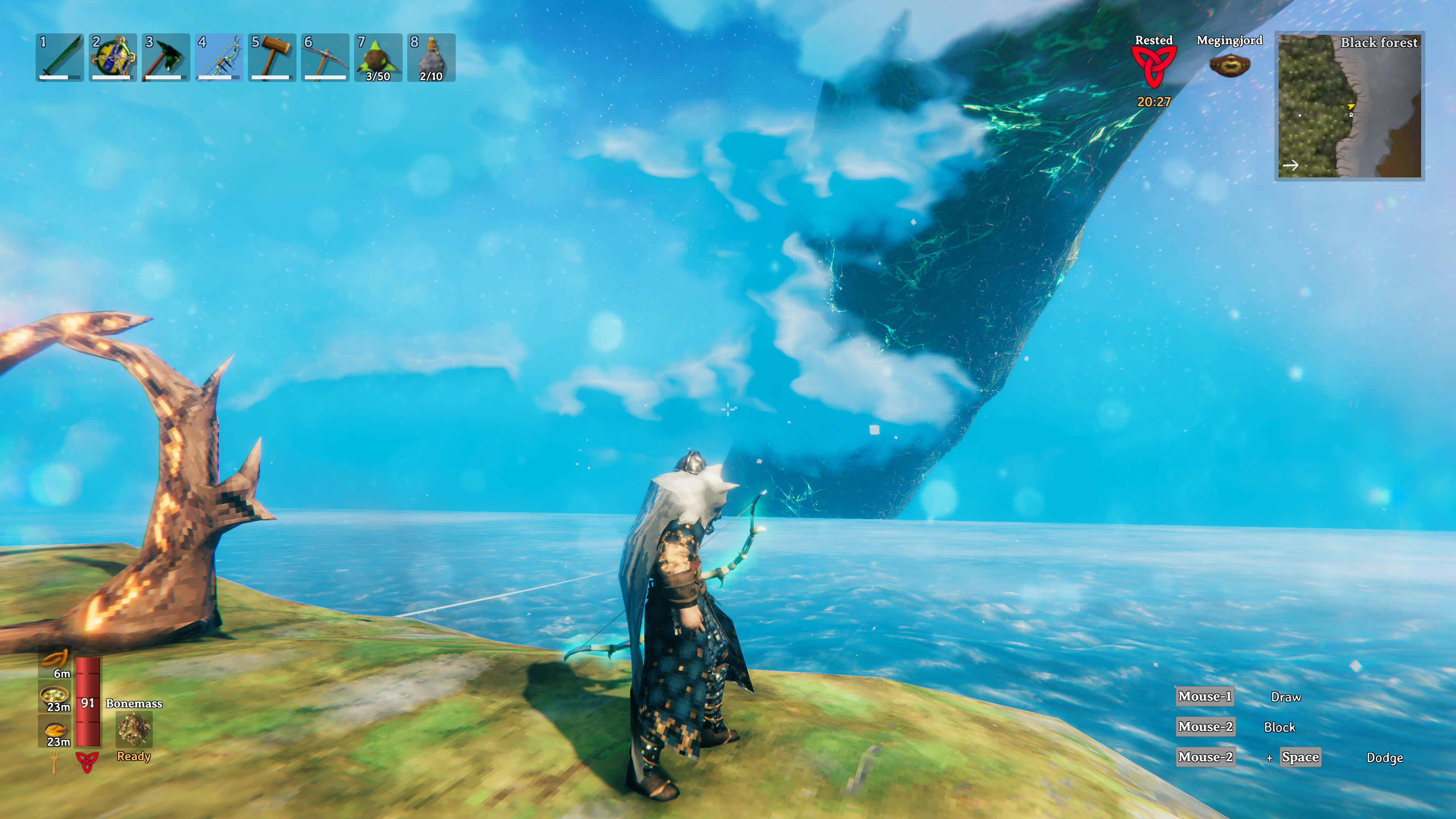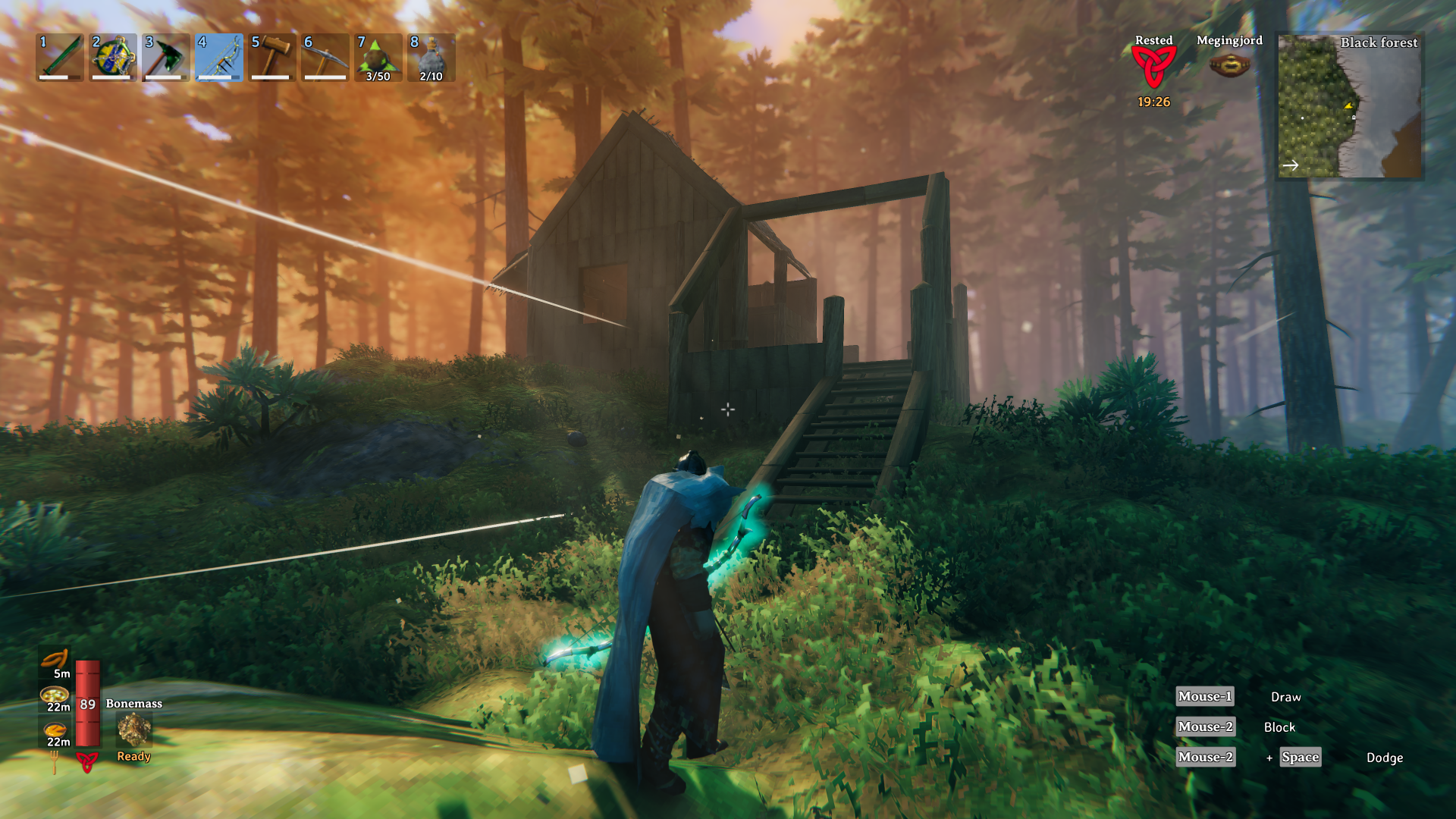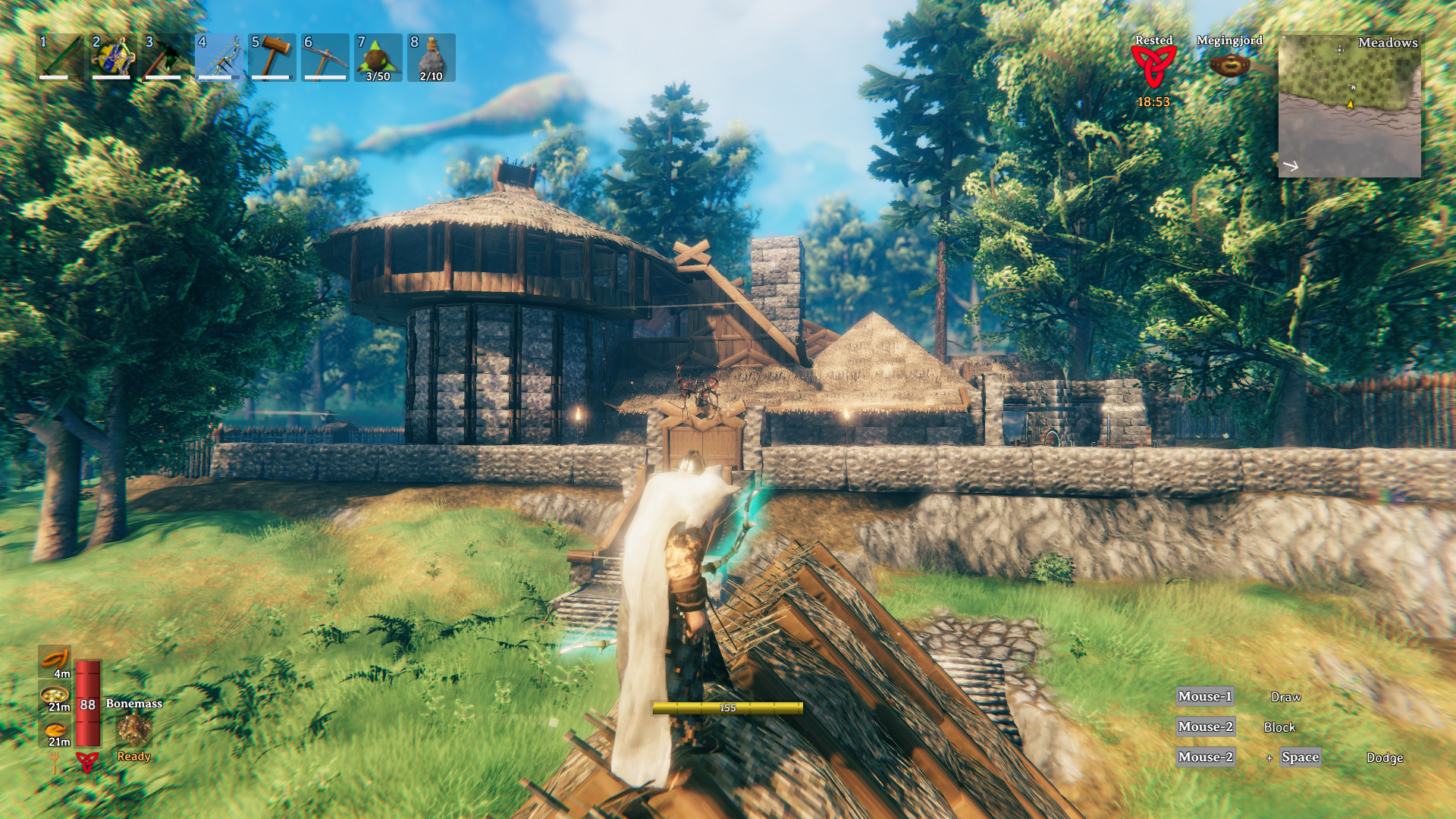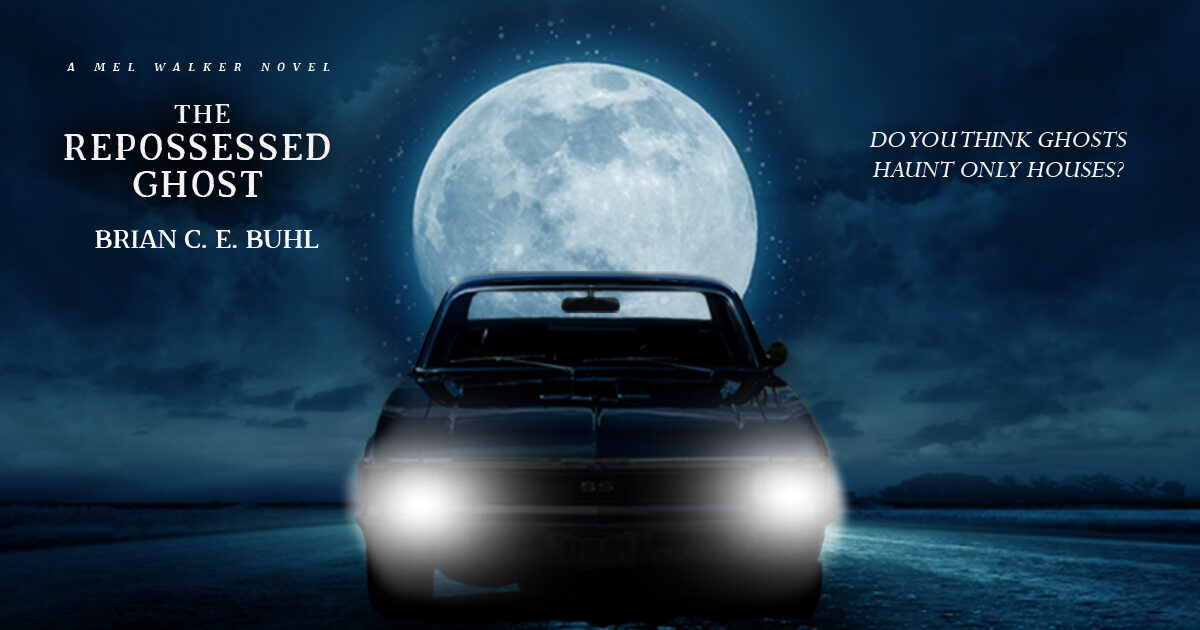For the last several weeks, I’ve been doing 1 of 3 things. Working the day job, writing these blog posts, and playing Valheim. I might be eating and sleeping in between, too, but that cannot be confirmed at this time.
Why am I still playing Valheim? What is it about this game that’s captivated my attention?
The short answer is that it is a solid game and I just like it. I have a LOT more to say on this subject, so if this is where you want to get off, that’s okay. Thanks for stopping by. If you’d like to play with me, let me know. I have at least one dedicated server running all the time.
For the long answer, I’m going to talk about what Valheim is, what it isn’t, and compare it to a few other games.
Valheim is an open world, sandbox adventure game set in a Norse-Viking, low-polygon world. The game is currently in pre-release, purchasable on Steam for $20, and it’s been out since February 2nd, 2021. It is developed by Iron Gate Studio, and it gained a huge amount of popularity early on, which forced the small development team to rethink their strategy and focus on bug fixes rather than new content. Recently, they released their Hearth and Home update which changed the weapons and food, and added a small amount of content, though it hasn’t opened up any new bosses or zones yet.
It’s received positive reviews. The Reddit community is not bad. It can run on PC and Linux, takes up very little space on the hard drive, and though it has low polygon counts, it can be absolutely beautiful at times.

What do you do in this game? What’s it all about?
When you start, you are flown into the world by one of Odin’s Valkyries. You are a warrior that has died in battle, and you have been recruited into Valheim to fight a series of monsters that upset the balance of the world. You are there to train up and prepare, so that you can prove you are worthy of moving on to Valhalla.
That’s more backstory than actual gameplay. What you actually do is survive in a world that kind of wants to kill you. To survive, you gather resources, build homes, forge weapons, and then pit yourself against the 5 bosses in the world. Defeating each boss opens up new resources which you’ll need to move on to the next boss.
There is progression in this game, but it’s very natural. Unlike some games, you aren’t leveling up a particular character class. You’re not going to become a level 20 warrior before you move on to defeat the swamp monster. Progression is more about what you as a player are capable of achieving, given the resources that are available to you at the time.
In the picture above, my character has the best weapons and armor available in the game. If I were to create a brand new character and pass all of that equipment on to them, that new character would be almost as powerful and effective as the old. I say almost as there are skills in the game, such as running, jumping, swimming, sword use, etc. The more you do those things, the better your character gets at doing them. However, player skill plays a larger role than the programmed skills. The programmed skills just makes you more efficient.
Your health and stamina in the game varies based on the food you eat. If you eat some serpent stew and bread, you’re going to have really good health and stamina until the effects from those meals wear off. In the beginning, you don’t have access to serpent stew, blood pudding, or any of those other meals. But you have access to berries and mushrooms, and you can hunt boar or deer for meat. Again, there is progression, based on the resources at hand. And just like with the equipment, it doesn’t matter if the character has been played for 5 minutes or 5 months. If I load both characters up with fine foods, they’ll both be equally tough.
I really like this kind of progress. It feels natural to me. It makes the experience more immersive.
So the point of the game is to eat the best food, put on the toughest armor, and fight the bosses, right? Well… that’s one of the things you can do in the game. Personally, I like establishing a base and getting comfortable before I move through the progression. I usually start with a relatively humble house. A place where I can store materials and rest when I need to.

Eventually I move on to making more extravagant structures, as I get access to stone working and iron supports.

Valheim has some of the best qualities of Minecraft mixed with some of the open world feel of Legend of Zelda: Breath of the Wild, or whatever your favorite sandbox adventure game might be. When you first set up the world, it’s procedurally generated, so it offers lots of opportunities for exploration. In that respect, it serves the Explorer player type the way No Man’s Sky does.
By Explorer Type, I’m referring to the Four Player Types. I wrote a long write-up about the Four Types on Reddit some time ago if you’re interested.
Valheim is a game you can play by yourself, or you can play with friends. I did a full run through with Chris, and I shared an open world with Bryanna and her friend Eric for a while. Those were really fun adventures, and I’d love to play with people again.
What else can I say about this game? Death is not permanent. When you die, you drop everything you were carrying. which can be recovered. The skills I mentioned before drop a little bit when you die, but it’s not the end of the world. Since you respawn at the last place you slept, you might be quite a distance from your body.
Quests in other games might have you go out in the world and hunt deer to harvest 10 hides, to give to some NPC farmer so they can patch up their barn, or something. In Valheim, you don’t have any NPCs to give you quests. You give yourself quests. You may figure out you need 10 deer hides in order to construct a faster boat. This means that you might do similar activities to what you may find in an MMO, activities many people might call grinding, but it doesn’t feel like a grind since it is all self motivated.
If you enjoy open world, sandbox games and you’re curious about Valheim, I recommend giving it a try. I find it very relaxing. Maybe it’s the game for you, too.
